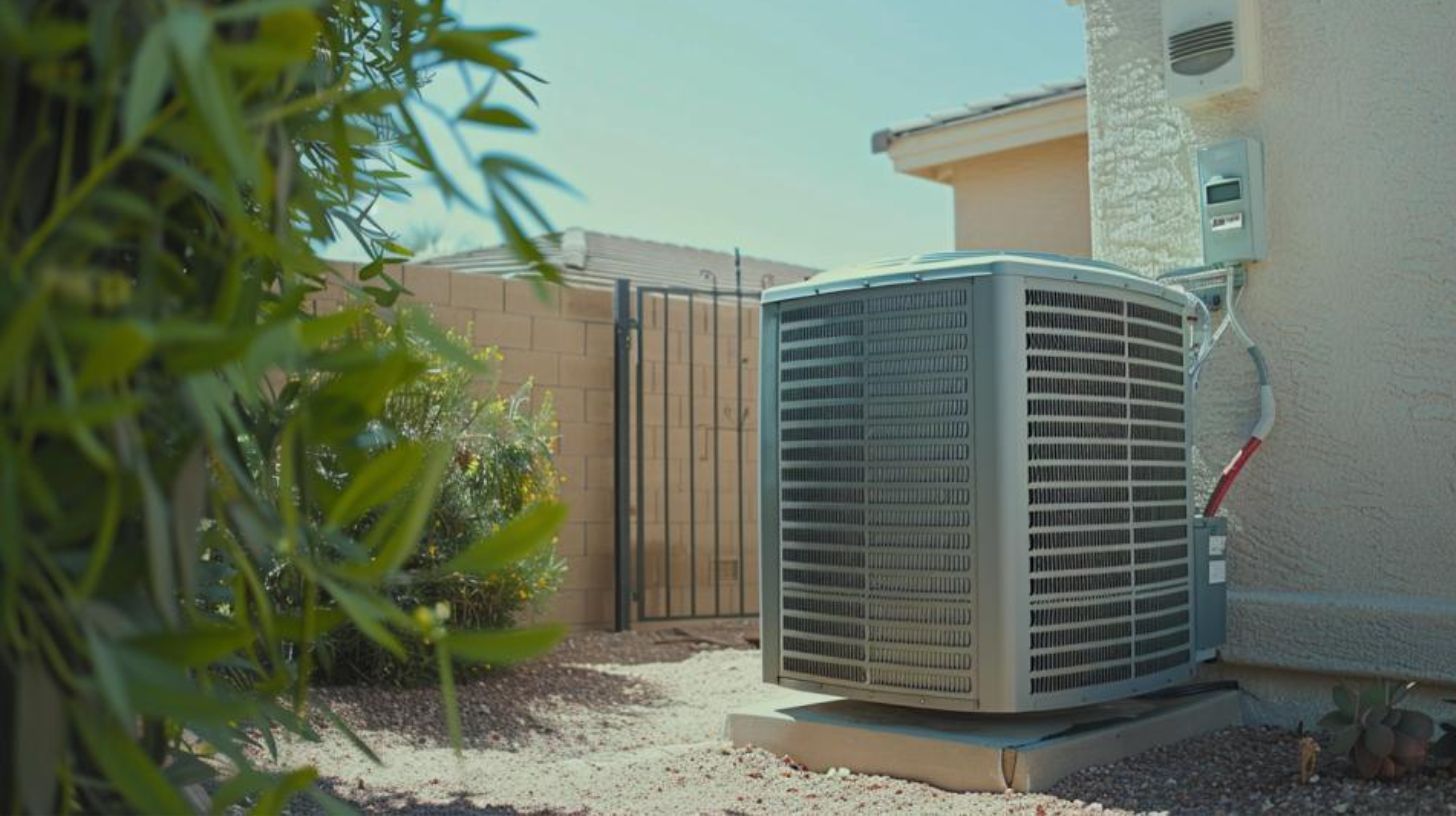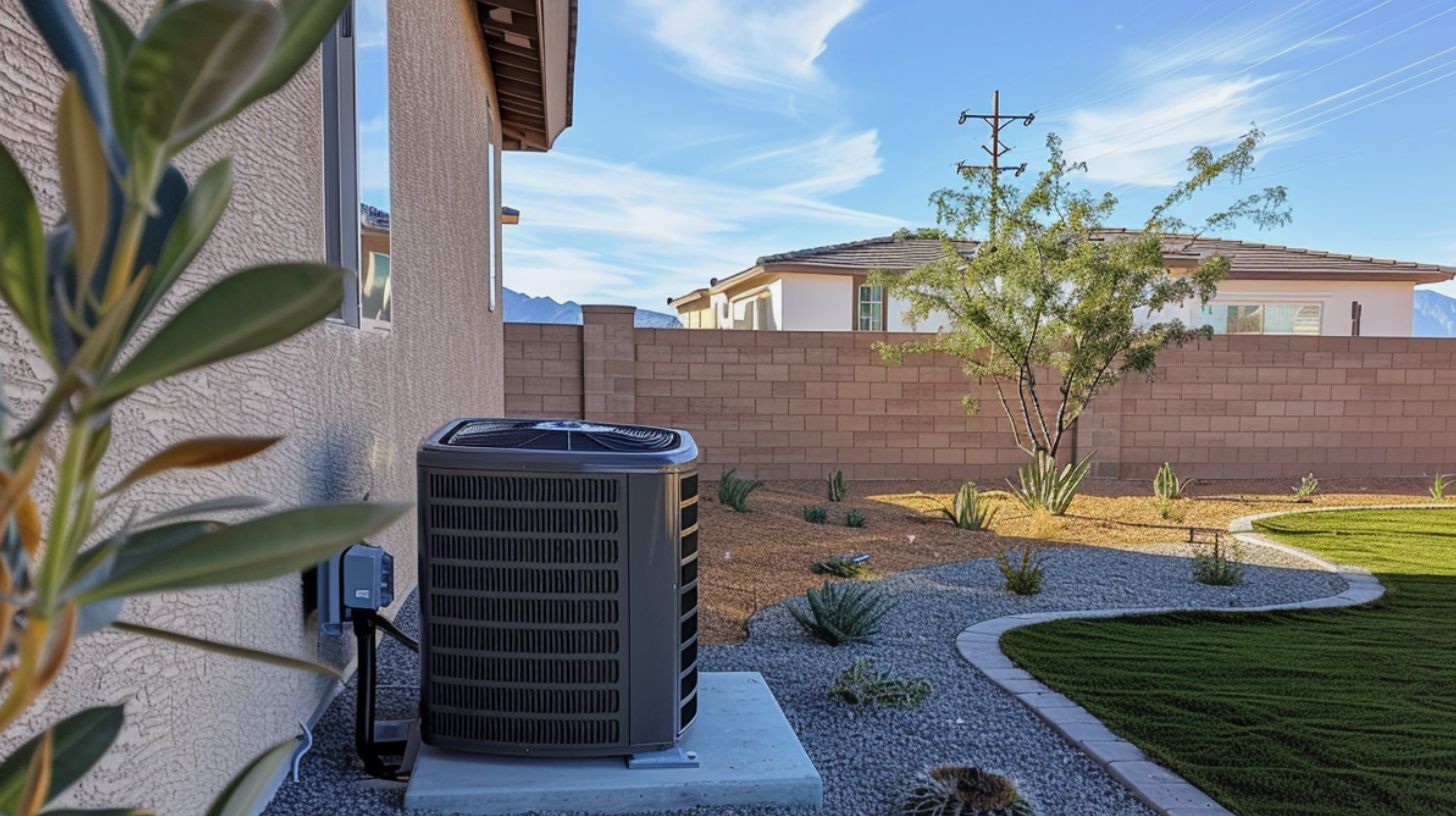
Heating & Cooling Terms You Should Know – Part 1
At some point in a conversation between a homeowner and an HVAC service technician, a word or acronym may come up that is unfamiliar to the homeowner or is being used in an HVAC-only context. The following is a glossary of phrases, words and acronyms that may be helpful to know.
- Air Handler is the part of a ventilation system that draws in cool or warm air for a furnace or air conditioner to turn it into warm or cool air, respectively, and then blows it into ducts that deliver it throughout a home.
- BTU/BTUh is short for British Thermal Unit. One unit is the amount of heating needed to raise one pound of water by one degree Fahrenheit. The higher the BTUs, the greater the heating capacity of a furnace. BTUh refers to British Thermal Units per hour.
- Carbon Monoxide (CO) is a byproduct of burning gas that can cause serious health problems. You won’t see, smell or taste it because it is colorless, odorless and tasteless. Not much CO is produced by a gas furnace, but if the air vents are not clear, you may have CO poisoning problems. Don’t rely on carbon monoxide detectors in your home; have your furnace checked by qualified technicians regularly.
- CFM (Cubic Feet per Minute) is the measurement of how much heated or cooled air is circulating when a furnace or air conditioner is operating. A qualified HVAC technician can calculate the optimal CFM based on the size and construction of your home. An optimally sized system will keep your home comfortable and energy efficient.
- Condenser is the outside part of an air conditioner. The outside condenser cabinet contains the compressor coil that serves to discharge heat outside and move cool refrigerant indoors.
- Compressor is part of the condenser unit of a heat pump or air conditioner. The compressor circulates refrigerant between the indoor and outdoor units, absorbing heat indoors, discharging it outdoors, and moving cool refrigerant back indoors.
- Ductwork is a system of metal ducts or synthetic tubes that, depending on the season, move warm or cool throughout your home. To keep a furnace and air conditioner operating properly and efficiently, it is important to keep ducts clean and not obstructed.
- Energy Efficiency Ratio (EER)/Seasonal Energy Efficient Ratio (SEER) are ratios that measure the cooling energy provided relative to the electrical energy used. EER provides for the highest temperature of the year while SEER calculates relative to the seasonal average. The higher the EER/SEER, the more efficient the system.
- Energy Star is a program from the Environmental Protection Agency to help homeowners pick the most energy-efficient HVAC systems and other major home electrical appliances. An Energy Star system indicates that the system meets or exceeds federal guidelines for energy efficiency. Energy Star-rated HVAC systems can be 40% to 50% more efficient than older non-Energy Star systems.
- Heat Pumps are a highly efficient alternative to conventional central heating and air conditioning systems. They work by moving heat. In summer, they remove heat from inside and discharge it outside. In winter, they draw heat from outside and circulate it inside. Contrary to common logic, there is plenty of heat outside on even the coldest days.
Other Blogs You May Be Interested In
Categories











Leave a Reply